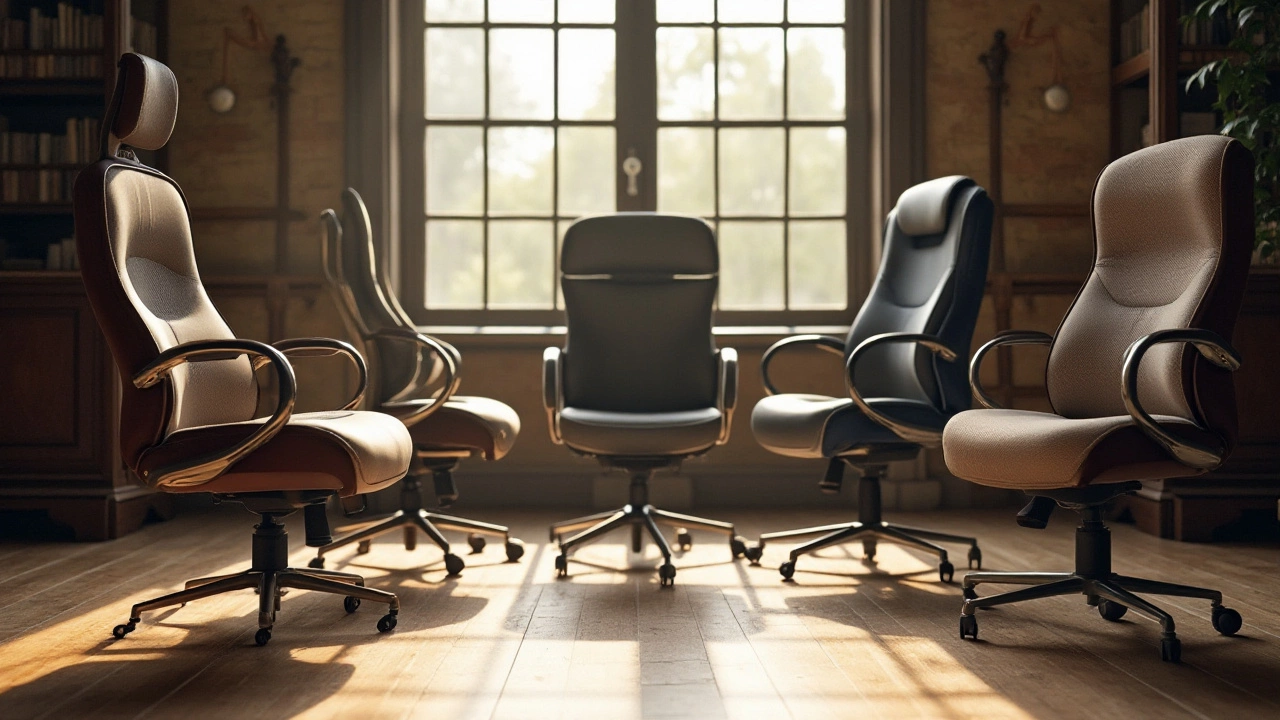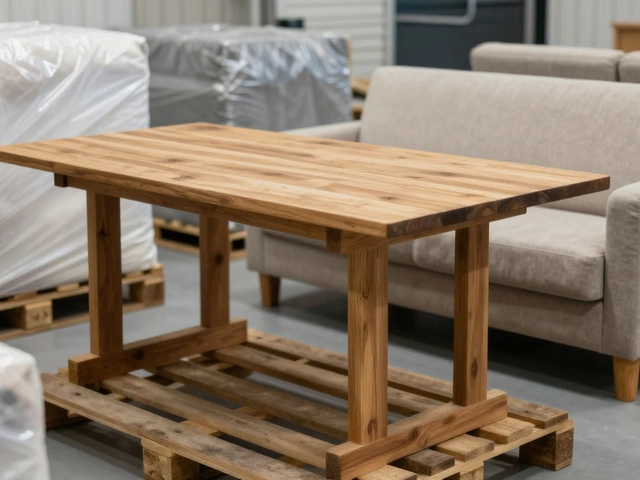
Best Ergonomic Chair for Long Working Hours - Expert Guide 2025
Find the top ergonomic chairs for long workdays, learn key features to look for, compare leading models, and get a buying checklist to stay comfortable and productive.

Why Office Chairs Sink and How to Fix a Sinking Chair
Ever wondered why your office chair keeps sinking? This article reveals the real causes, insider tips for prevention, and how to fix or upgrade your chair for lasting support.

Mid-Back vs High-Back Chair: Which Office Chair Is Best for You?
Not sure whether a mid-back or high-back chair suits your needs? Discover the differences, ergonomics, and best uses to choose the perfect office chair.

ADHD's Dark Side: How It Impacts You at the Office—And Your Favorite Chair
ADHD doesn't just make it hard to pay attention—it can turn even comfortable office chairs into battlegrounds for focus and productivity. This article uncovers how ADHD affects posture, restless sitting, and work output, and why small choices like your chair actually matter. Packed with practical tips, you'll find out how to get more done and stay comfortable, even when your mind races. Don't let ADHD call the shots—grab back control of your workday with smart, real-life solutions.

ADHD and Office Chairs: Why Sitting Still Isn’t So Simple
People with ADHD just can't seem to sit like everyone else—and it's not for lack of trying. This article clears up why sitting still in an office chair is a daily challenge for folks with ADHD. You'll get the inside scoop on restless habits, the science behind the wiggles, and real-life tips for making office life work better. We also cover how chair choice actually makes a difference. If you're tired of feeling judged for fidgeting, stick around for advice that actually helps.

Is It OK to Sit on a Chair All Day? Your Office Chair Habits Examined
Sitting all day on an office chair might seem harmless, but it can mess with your health in sneaky ways. This article breaks down what happens to your body when you barely move, why your favorite chair isn't a fix-all, and what real changes you can make to feel better during long office hours. Expect practical advice, science-backed facts, and tips to shake up your regular routine. You'll also learn how small habits can help you stay active, even in a 9-to-5 grind. Get ready to rethink how you treat your desk and chair.

Choosing the Best Office Chair for Prolonged Computer Use
Sitting for long periods while working on a computer can be tough on the body, making the choice of office chair crucial for comfort and health. From ergonomic design to materials used, various factors contribute to finding the perfect chair that supports long hours of productivity. This article provides insights into the best options available, key features to look out for, and tips to enhance your seating experience. Whether you prioritize lumbar support or breathability, we've got you covered.




